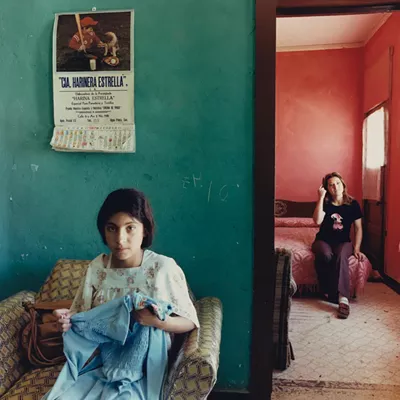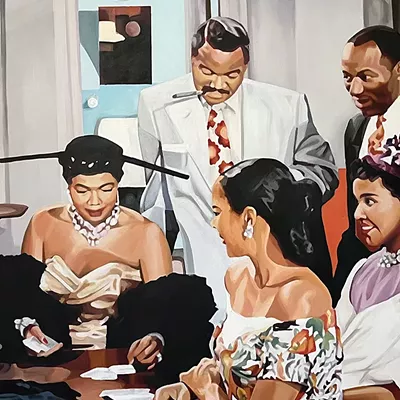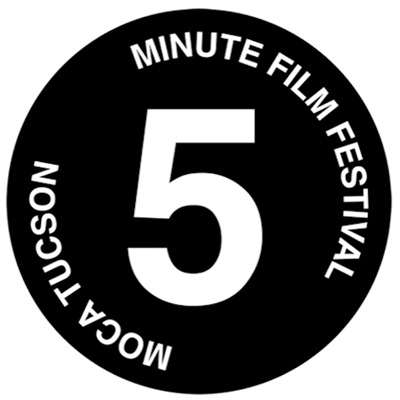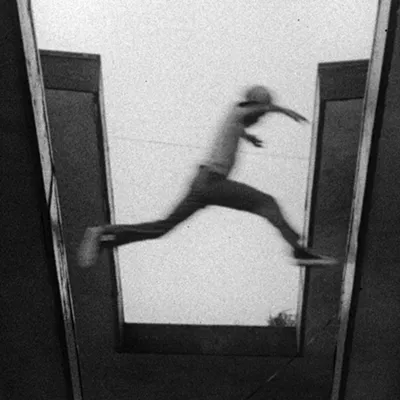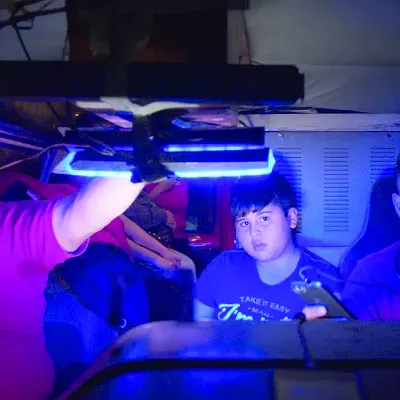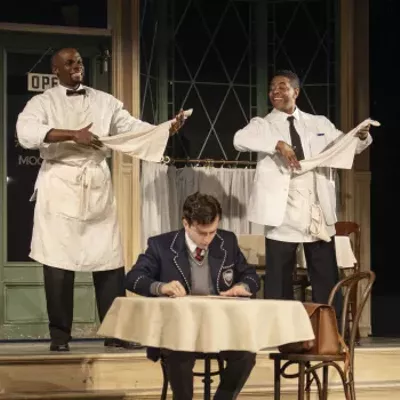Then, he photographs these "drawings" and turns them into framed pictures, artworks-on-a-wall that play with everybody's idea of reality. Tucsonans got a look at his brilliant work four years ago at the Center for Creative Photography in a traveling show that catapulted him to art stardom, Seeing Is Believing. A highlight was his version of Da Vinci's "Last Supper," divinely drawn in Bosco and exquisitely photographed in black and white.
When Muniz came down to Tucson to give a lecture, naturally the Brazilian-born artist seized on the opportunity to make some desert-style art. He wanted to do a classic drawing of a bone in the desert, but this being Muniz, his tool was a backhoe and his draftsperson was a backhoe driver by the name of Jason. His medium for this art earthwork was the dried-up desert floor, and the setting was the King's Anvil Ranch near Baboquivari.
"It was a wonderful scene," said Anne-Marie Russell, current director of Tucson's Museum of Contemporary Art, and a filmmaker who captured the whole process in a playful Muniz documentary. Her film, Worst Possible Illusion: The Curiosity Cabinet of Vik Muniz, debuts nationally on PBS Thursday night, Oct. 16, the first entry in the new Independent Lens series, airing in Tucson on KUAT Channel 6, at 11 p.m. "Vik and Jason were engaged in the same thing--drawing. We were in awe."
The film also details Muniz's subsequent efforts to photograph Jason's giant cartoon bone drawing from on high--first from a crane, then from a hot-air balloon, and finally, from a helicopter.
"Tucson was the best place to film!" said Russell, who traveled with Muniz to his hometown of São Paulo, Brazil, to Paris, to Chicago, and to points in between during the two years it took to shoot the film. "The film office was so helpful."
And the prices were right: When the crane proved too short for a good shot of the dirt bone and the hot-air balloon crashed, "I opened the Yellow Pages, and the next day, a helicopter flew down from Phoenix," Russell said. "It cost us $225. In New York, it probably would have been $10,000."
The Old Pueblo stars in other portions of the film as well. Much of the lecture that loosely structures the unconventional documentary was filmed in the Center for Creative Photography auditorium. A skywriting episode--Muniz had an old-fashioned skywriting pilot draw a giant cartoon cloud in the sky--took place at the airport in Marana. And downtown shows up when Muniz cruises around in a convertible with Ken Shorr, a conceptual artist and photographer who teaches at the UA. Local band Calexico provides much of the soundtrack music.
"The music is so much fun," Russell said. "Calexico does a big chunk of it."
Russell came back to town two years ago, teaching contemporary art history classes at the UA as an adjunct, and picking up the MOCA job just this past spring. She had been living in New York, and before the Muniz project, she had done shorts for the Mixed Greens Web site, which promotes the work of emerging artists. When a longer project on another artist fell through, the crew hit on Muniz.
"Vik is so telegenic, and his work is smart and accessible. He can communicate about it, and he seemed like an obvious choice."
Muniz resisted Russell's overtures for months, however, fearful that her film would be a dull and sober documentary, complete with violin music and professorial talking heads. She finally persuaded him otherwise when she sent him a message in a secret code, written on parchment, and then sent him the codebreaking book. After that, "He answered right away."
Russell's off-center vision is a good match for Muniz's sensibility. She uses tilted angles and jump cuts, and the film's tight editing makes the most of Muniz's cheerful personality and brilliant epigrams. Financed with just $300,000, the film makes art fun, kooky and definitely alluring.
"Vik is like a Pied Piper," Russell said. "My favorite comment on the film so far is from somebody who said, 'This guy is going to make little boys grow up to be artists.'"

